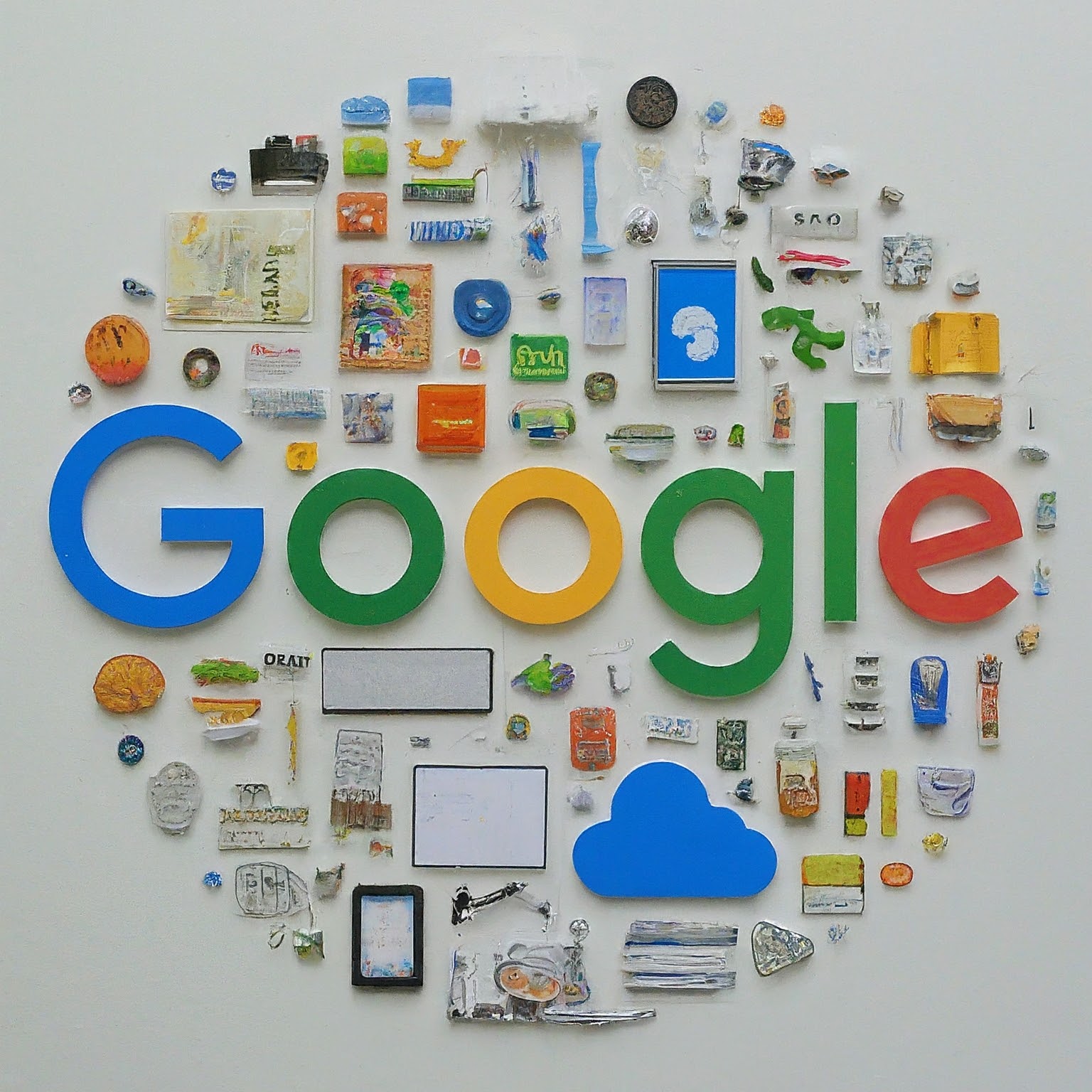Celebrating its 40th anniversary today, Apple’s iconic Macintosh computer made its debut in 1984 through a groundbreaking Super Bowl commercial that left a lasting mark. The Macintosh played a pivotal role in transforming home computing and laying the foundation for subsequent desktop and laptop models.
Distinctive for its boxy design, the Macintosh, named after the McIntosh apple, represented a technological leap forward. What set it apart was its visionary concept as a computer tailored for individuals unfamiliar with traditional computing – a revolutionary idea at the time.
Key to its appeal was the introduction of a user-friendly graphical interface, enabling operators to interact by clicking on icons, buttons, and menus rather than grappling with lines of code. Accompanied by a mouse, users could easily click, drag, and drop items across its compact 9-inch screen. Although earlier computers had featured graphical user interfaces and mice, the Macintosh combined them in an aesthetically pleasing case, making it an attractive addition to home desks.
The famous Macintosh Super Bowl commercial was crafted by the Los Angeles-based advertising firm Chiat/Day. Drawing inspiration from George Orwell’s dystopian novel “1984,” the commercial depicted a world under an oppressive totalitarian government. Directed by Ridley Scott, known for films like “Alien” and “Blade Runner,” the one-minute ad served a dual purpose of promoting Apple and subtly challenging IBM, a rival in the home computing market.
Shot in dark, blue-gray tones to evoke IBM’s corporate identity, the commercial portrayed a young woman sprinting past zombie-like workers. In a defiant act, she hurls a sledgehammer, smashing a Big Brother-like TV screen. The symbolism conveyed the message that Apple aimed to break free from IBM’s dominance in the computing landscape. This commercial remains a historic moment in advertising and technology, marking the beginning of the Macintosh’s four-decade journey.


